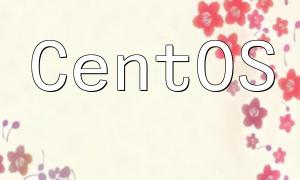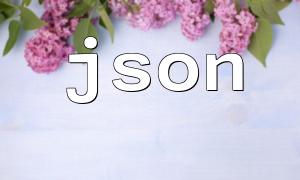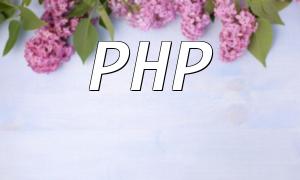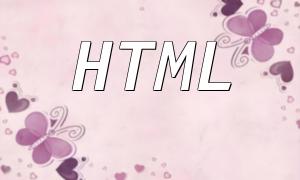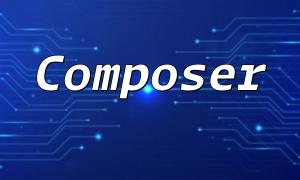Laravel is a popular PHP development framework favored for its rich features and elegant syntax. However, during development, issues with images not displaying correctly on the frontend often arise, especially in features like user avatar uploads and displays. This article explores practical solutions for addressing frontend image display problems in Laravel projects.
In Laravel development, images may fail to load on frontend pages, negatively impacting user experience. Common symptoms include blank image placeholders, broken image icons, or 404 errors for image paths.
In Laravel, image URLs typically use relative or absolute paths. Incorrect path settings prevent browsers from locating the image resources, resulting in images not showing up.
If the directory permissions where images are uploaded are too restrictive, the server cannot read the image files, preventing frontend display.
The image format is crucial for browser recognition. Unsupported or incorrect formats cause images to fail loading properly.
First, check the image paths defined in the view files, ensuring they use correct relative or absolute paths. Utilizing Laravel helper functions like asset() helps generate correct URLs and avoid manual path errors.
Set appropriate permissions on image upload directories, commonly 755 or 775, to ensure the server can read files and allow frontend access.
Ensure uploaded images use browser-supported formats such as JPEG, PNG, or GIF. Pay attention to image size and quality to prevent loading issues.
Laravel developers can leverage image manipulation packages like Intervention Image to handle format conversion, resizing, and other image operations, improving flexibility and compatibility.
Frontend image display problems in Laravel are common but can be effectively resolved by checking image paths, setting correct permissions, and ensuring proper image formats. Utilizing Laravel’s tools and plugins facilitates easier image management and enhances both development efficiency and user experience.
